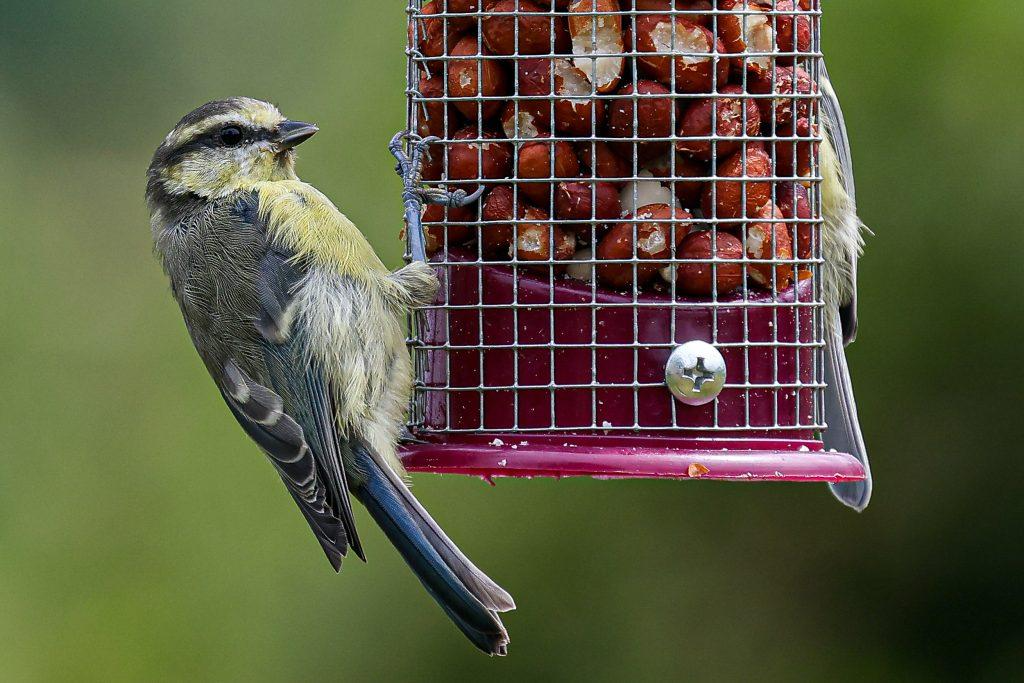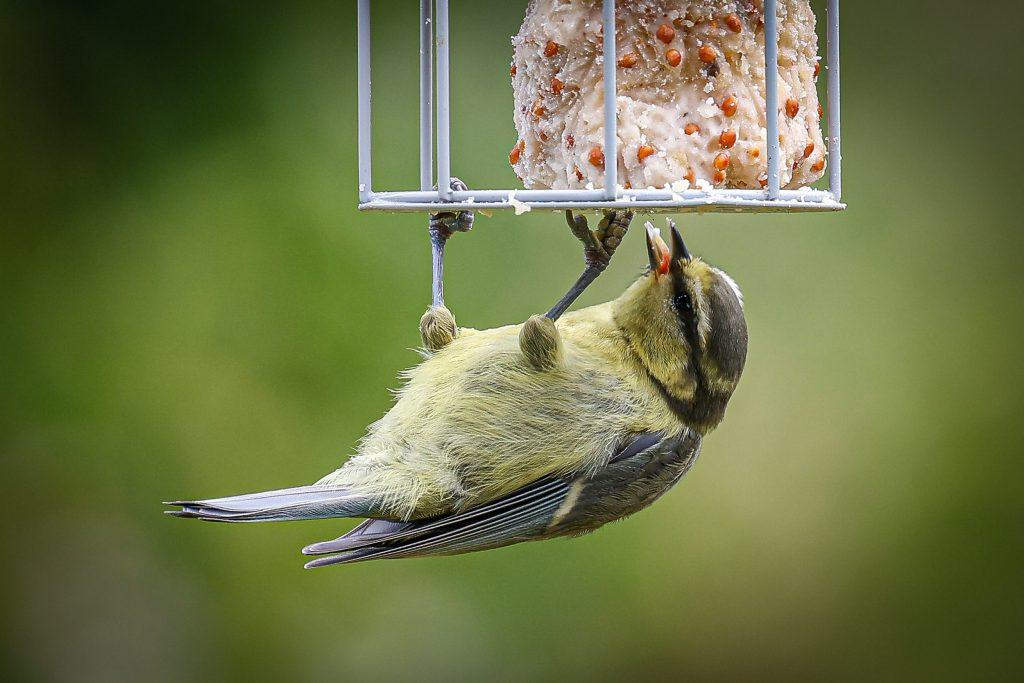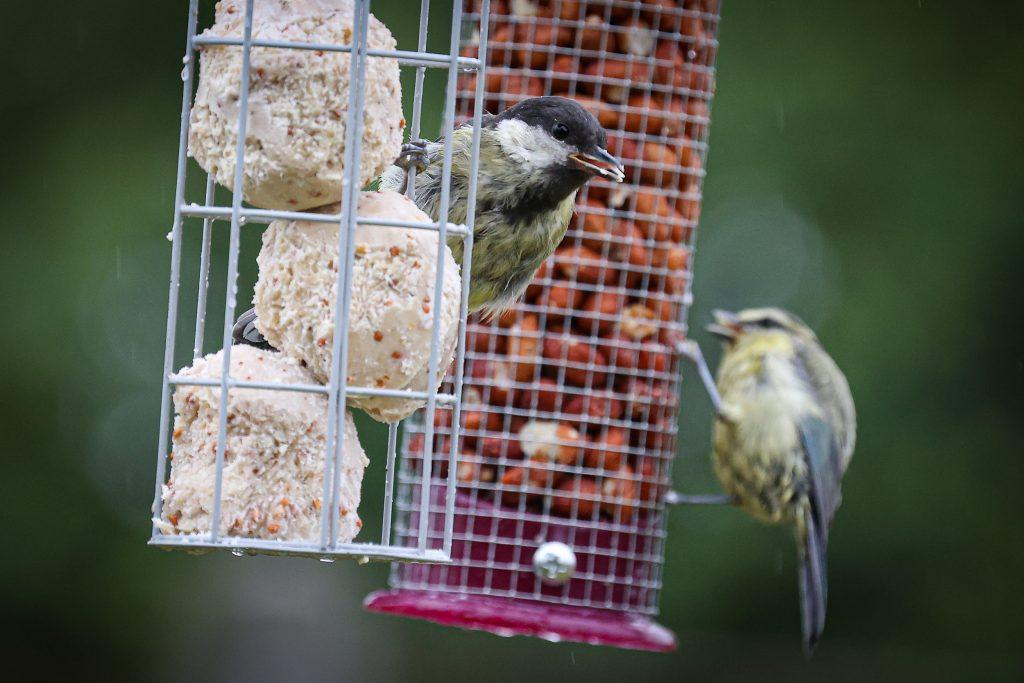Garden Birds Feeding GuideUpdated 17 hours ago
Attracting a variety of birds to your garden isn’t just about providing a space for them; it’s also about offering the right food and nesting opportunities. Different species have different dietary needs, which can change with the seasons. Let’s explore how to cater to these diverse appetites and turn your garden into a bird paradise!

Understanding Bird Diets
Feeding garden birds correctly is the single biggest change you can make to improve your chances of seeing a broader range of wild birds. You need to understand their feeding habits to make this change. The type of foods birds eat also impacts their physical characteristics. Birds can be broadly categorised into several dietary groups:
- Granivores: These birds primarily eat seeds and grains, so they have cone-like shaped beaks, making it easier to pick up and crack seeds. Finches and Sparrows are examples of granivorous birds.
- Insectivores: Species such as robins and wrens feast primarily on insects. Insectivore birds that feed in the air have broader, flatter beaks, whilst ground feeding Insectivores have tweezer-like beaks
- Omnivores: Birds like starlings and blackbirds will eat plant and animal materials.

Best Wild Bird Foods to Provide
- Seeds: Sunflower seeds are an excellent choice for various seed-eating birds. Mixes that contain millet, maise, and peanut granules are also popular.
- Nuts: Peanuts are a favourite, but ensure they are unsalted and always served in a mesh feeder to prevent choking.
- Suet: High energy and perfect for colder months, suet balls or cakes can help birds maintain their fat reserves.
- Mealworms: These are excellent, especially in spring when birds need more protein to rear their young.
- Fruit: Apples, pears, and bananas can attract thrushes, starlings, and even the occasional warbler.
Garden Bird Seasonal Feeding Tips
Always aim to provide a variety of foods to attract a range of wild birds into your garden. Ensuring a steady supply of water is also crucial. There are, however, a few seasonal pointers that you should consider when feeding garden birds.
- Spring: Focus on protein-rich foods like mealworms to help with breeding.
- Summer: Provide plenty of water and continue with mealworms and soft fruits for juvenile birds.
- Autumn: Introduce fat-rich foods like suet to build up energy reserves for winter.
- Winter: Keep feeders full of high-energy foods like suet and nuts; ensure water sources aren’t frozen. We have an article on winter bird care if you would like more information on this topic.
For more details on seasonal feeding, please read our article on the best bird food mixes for wild garden birds.
DIY Bird Feeder Ideas
Creating your own bird feeders can be a fun and rewarding project. Here are a few simple ideas:
- Bottle Feeders: Recycle old plastic bottles by cutting holes large enough for birds to access seeds and hanging them from tree branches.
- Teacup Towers: Glue old teacups to their saucers and mount them on a pole for charming, quirky seed feeders.
- Suet Blocks: Mix bird seed into melted suet or lard, pour into a container to set, and then hang it outdoors.

Safe Feeding Practices
- Keep it Clean: Regularly clean feeders to prevent the spread of disease among garden birds.
- Water Sources: Provide clean water for drinking and bathing, which is especially important during winter and dry spells.
- Placement: Place feeders near cover but not too close so that predators can easily reach them.
Further Resources
For more detailed information on what to feed garden birds and how to do it responsibly, check out the RSPB’s guide to feeding birds RSPB Bird Feeding Guide.
By offering the right foods at the correct times of year and doing so safely and hygienically, you can attract a vibrant community of birds to your garden. Each visit from a feathered friend is a reward, enhancing the beauty of your garden. Research the birds you want to attract and provide the right food and environment today. Our table below should help you pick the right foods for the birds you want to attract.
| Wild Bird Food Product | Birds Attracted | Recommended Habitat Enhancements | Plants to Encourage Visits |
|---|---|---|---|
| Calci Worms for Birds | Robins, tits, sparrows | Nest boxes, small water features | Berry-bearing shrubs, sunflowers |
| Mealworms for Birds | Blackbirds, thrushes, robins | Soft ground areas, insect hotels | Dense bushes, fruit trees like apples |
| Niger Seeds for Birds | Finches, especially goldfinches | Finch-specific feeders, thistle patches | Thistles, coneflowers |
| Peanuts for Birds | Tits, woodpeckers, nuthatches | Hanging feeders, wooded areas | Nut trees like hazels, oak trees |
| Suet Balls, Blocks & Pellets | Great tits, sparrows, starlings | Suet feeders, protected tree areas | Fat-rich plants, ivy for cover |
| Sunflower Seeds and Hearts | Finches, tits, sparrows | Hanging or tray feeders, open sunny spots | Sunflowers, other seed-bearing flowers |
| Wild Bird Seed Mixes | General small birds, sparrows, blackbirds | Ground feeders, bird tables | Mixed planting, native grasses, wildflower beds |
You can click this link to see our full range of garden bird food online